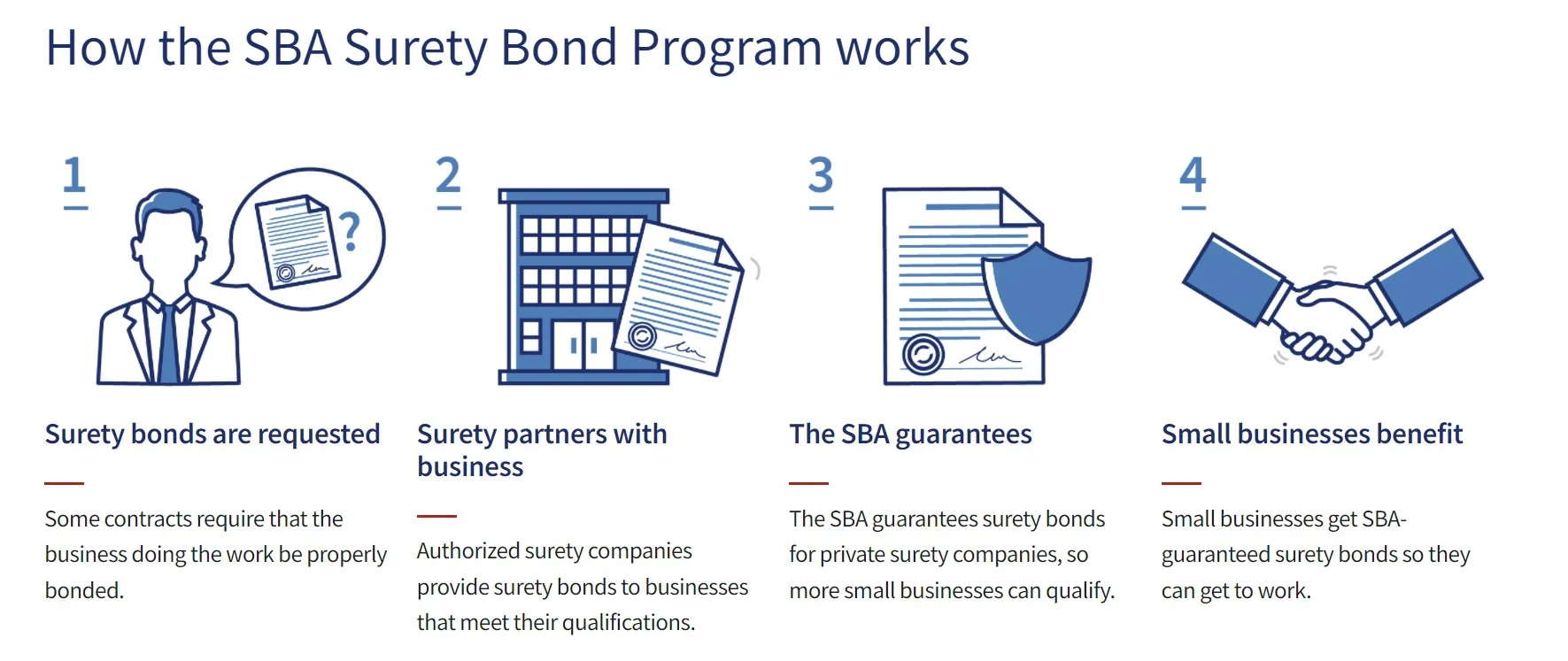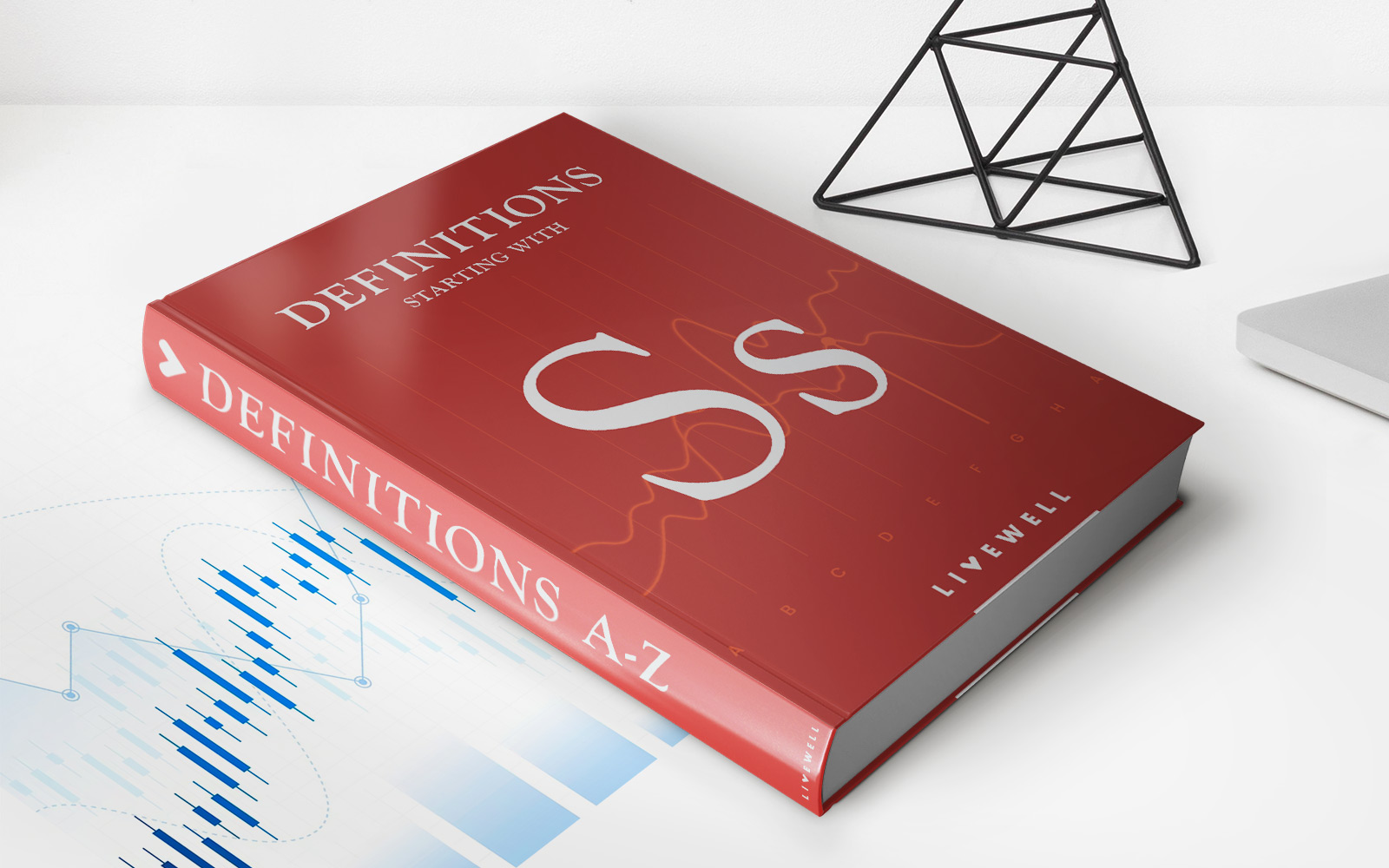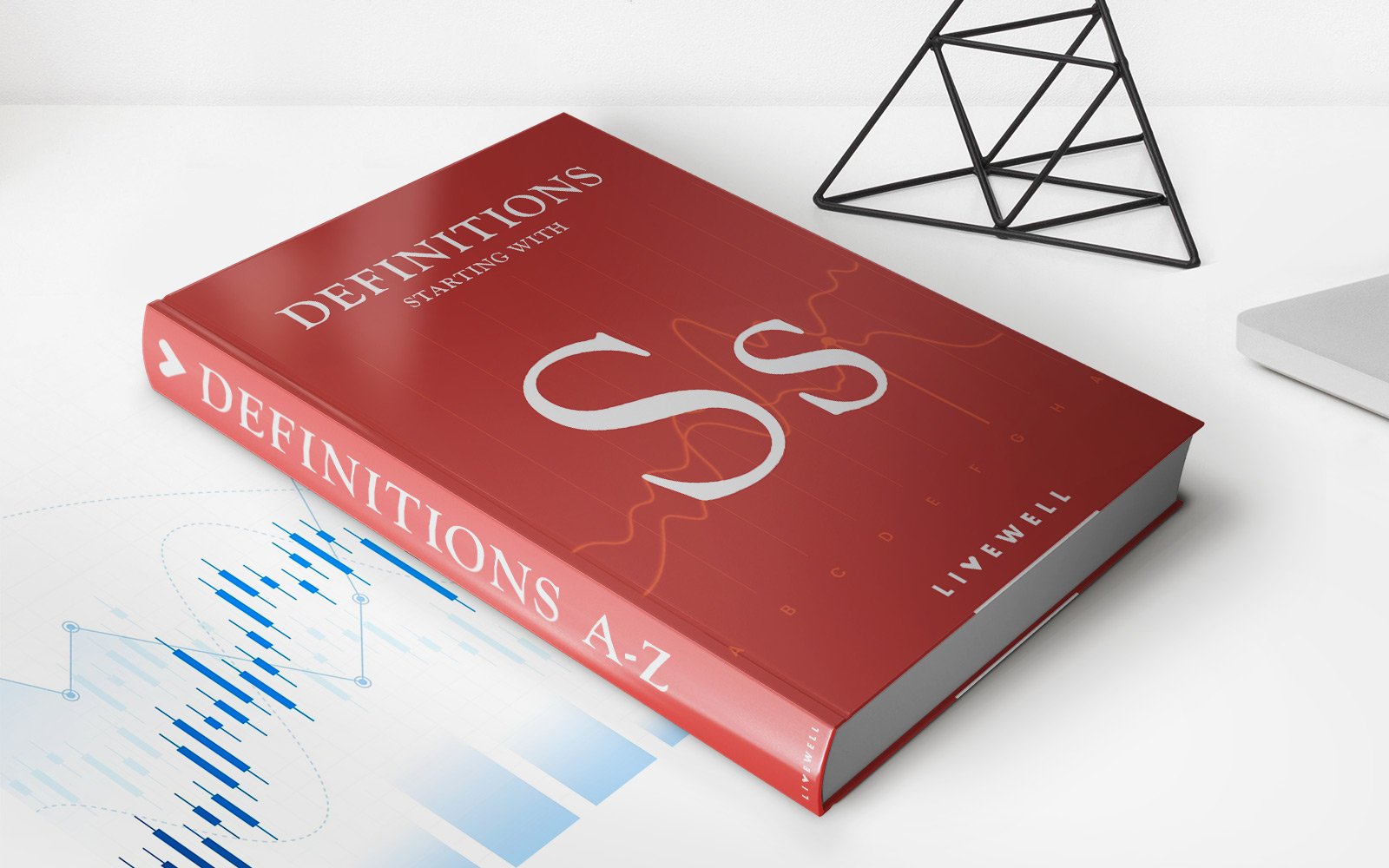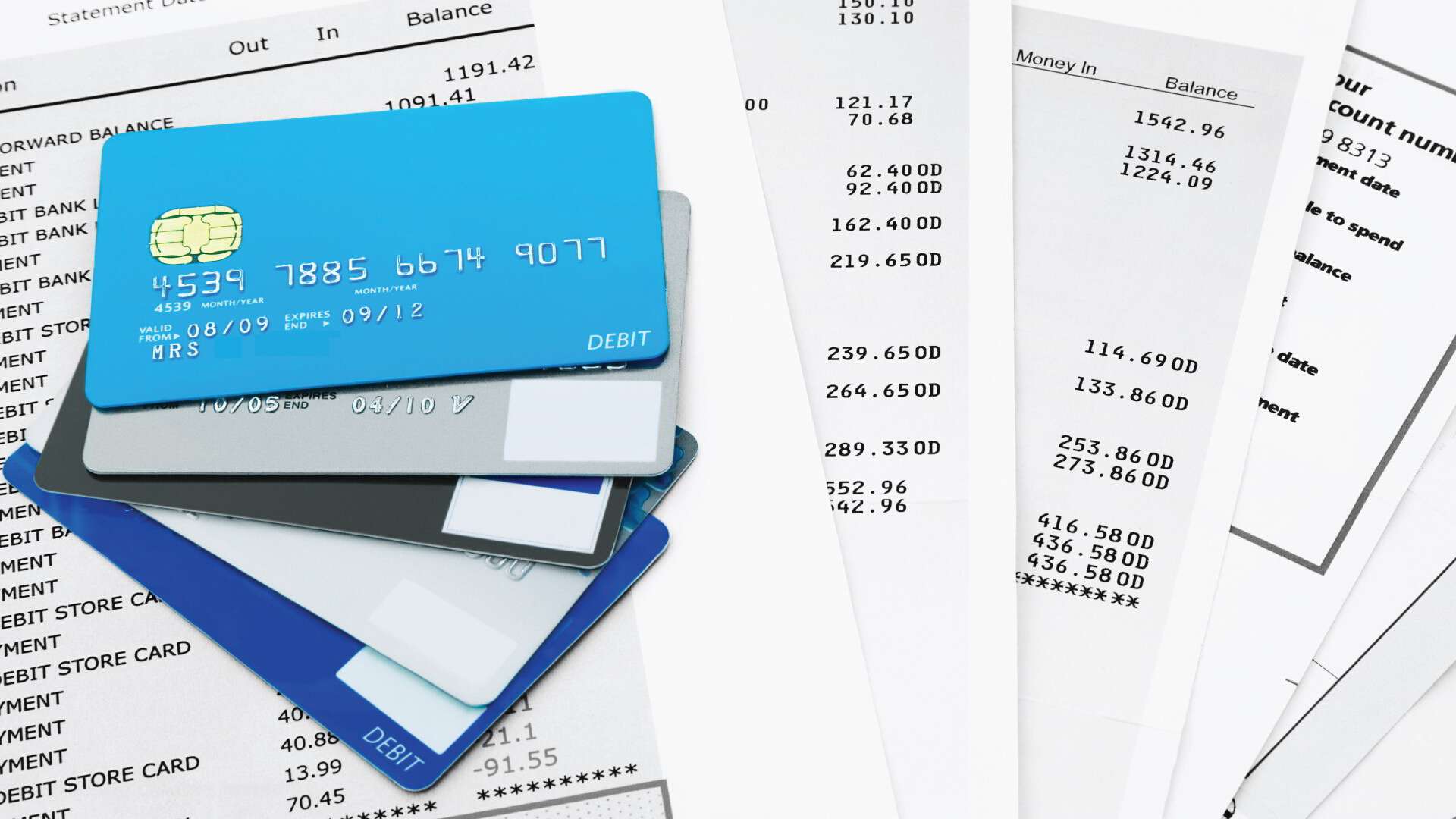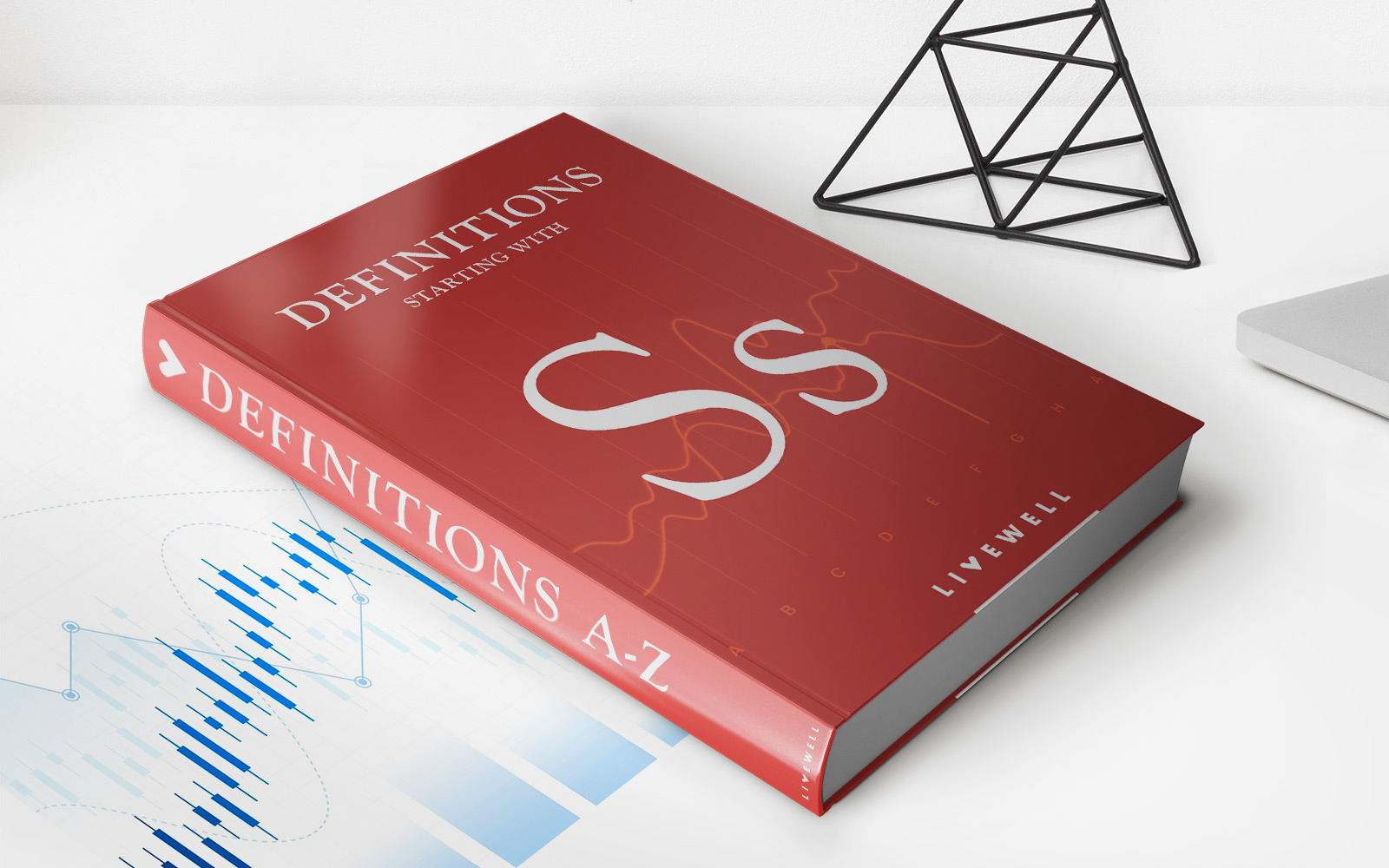Home>Finance>How Long Do Series Ee Savings Bonds Earn Interest


Finance
How Long Do Series Ee Savings Bonds Earn Interest
Modified: December 30, 2023
Learn about the duration of interest accrual for Series EE savings bonds and how they can contribute to your financial goals.
(Many of the links in this article redirect to a specific reviewed product. Your purchase of these products through affiliate links helps to generate commission for LiveWell, at no extra cost. Learn more)
Table of Contents
Introduction
Welcome to the world of Series EE Savings Bonds! If you are looking for a safe and long-term investment option, you’ve come to the right place. Series EE Savings Bonds, issued by the U.S. Department of the Treasury, offer a unique opportunity for individuals to save money while earning interest.
In this article, we will delve into the intricacies of Series EE Savings Bonds, with a specific focus on how long they continue to earn interest. We will explore the factors that determine the duration of interest earnings and discuss methods to extend the earnings period. By the end of this article, you will have a clear understanding of how Series EE Savings Bonds work and how long they can continue to generate returns.
Whether you are planning for your child’s education, saving for a rainy day, or looking to grow your wealth, Series EE Savings Bonds can be an excellent addition to your financial portfolio.
Before we dive into the details, it’s important to know that the information provided in this article is based on current guidelines and regulations. Please consult with a financial advisor or visit the official U.S. Department of the Treasury website for the most up-to-date information.
Now, let’s explore the fascinating world of Series EE Savings Bonds and discover how long they can keep earning interest.
Overview of Series EE Savings Bonds
Series EE Savings Bonds are a type of non-marketable U.S. government security designed to encourage long-term saving. They are available for purchase online through the TreasuryDirect website or through certain financial institutions. These bonds are considered one of the safest investment options because they are backed by the full faith and credit of the U.S. government.
When you buy a Series EE Savings Bond, you are essentially lending the government money. The bond has a fixed interest rate that is determined at the time of purchase. The interest earned on Series EE Savings Bonds is compounded semiannually, meaning that the interest you earn each year is added to the principal amount, and subsequent interest payments are calculated based on the new, higher amount.
Series EE Savings Bonds have a maturity period of 30 years. However, you have the option to redeem them as early as one year after purchase. Keep in mind that redeeming the bonds before they reach maturity may result in forfeiting a portion of the interest earned.
One of the unique features of Series EE Savings Bonds is that they have two components to their interest rates: a fixed rate and a variable rate. The fixed rate is set for the life of the bond and is determined at the time of purchase. The variable rate is adjusted every six months and is based on the current market rates.
It’s important to note that Series EE Savings Bonds are subject to certain income limits and restrictions. They are not available to corporations, partnerships, or other entities, and there are limits on the amount that can be purchased in a calendar year.
Now that we have covered the basics of Series EE Savings Bonds, let’s move on to understanding how the interest earned on these bonds is calculated.
Calculation of Interest Earned
Understanding how the interest on your Series EE Savings Bonds is calculated is essential to fully grasp how your investment grows over time. The interest calculation formula for Series EE Savings Bonds is relatively straightforward:
Interest Earned = (Face Value of the Bond * Interest Rate) / 2
The face value of the bond refers to the amount you initially paid for the bond, which can range from $25 to $10,000. The interest rate consists of a fixed rate and a variable rate, as mentioned earlier. The fixed rate remains constant throughout the life of the bond, while the variable rate changes every six months based on prevailing market rates.
For example, let’s say you purchased a Series EE Savings Bond with a face value of $1,000 and a fixed rate of 0.5%. The initial interest earned would be:
($1,000 * 0.005) / 2 = $2.50
This means that in the first six months, you would earn $2.50 in interest. This interest is added to the bond’s principal, and subsequent interest payments are calculated based on the new higher amount.
It’s important to note that the interest earned on Series EE Savings Bonds is subject to federal income tax, but it is exempt from state and local income tax. Additionally, if you use the bond proceeds for qualified education expenses, you may be eligible for a federal tax exclusion on the interest earned.
Now that we understand how interest is calculated, let’s move on to discussing the duration of interest earnings on Series EE Savings Bonds.
Duration of Interest Earnings
The duration of interest earnings on Series EE Savings Bonds is an important aspect to consider when planning your investment strategy. As mentioned earlier, Series EE Savings Bonds have a maximum maturity period of 30 years. However, the actual duration of interest earnings can vary based on several factors.
By default, Series EE Savings Bonds continue to earn interest for a period of 30 years from the issue date. This means that if you hold onto the bond for the entire duration, you will continue to earn interest until the bond reaches its final maturity.
However, Series EE Savings Bonds have an additional feature known as “final maturity.” This means that even if you decide to hold the bond beyond its initial 30-year term, it will no longer accrue interest. Hence, the actual duration of interest earnings on Series EE Savings Bonds can be less than 30 years.
It’s essential to note that the interest earned on Series EE Savings Bonds is added to the bond’s value and does not need to be reinvested. This feature makes the bonds a convenient option for long-term savers who want to keep their investment simple and hassle-free.
Another important factor to consider is that Series EE Savings Bonds accrue interest on a monthly basis. This means that the interest earned is added to the bond’s value every month, resulting in compounding growth. The longer you hold the bond, the more interest you will accumulate over time.
Now that we understand the general duration of interest earnings on Series EE Savings Bonds, let’s explore the factors that can affect the earnings period.
Factors Affecting Earnings Period
Several factors can impact the duration of interest earnings on Series EE Savings Bonds. Understanding these factors can help you make informed decisions about your investment and maximize your returns. Here are the key factors that can affect the earnings period:
- Bond Purchase Date: The date when you purchase the Series EE Savings Bond plays a significant role in determining the duration of interest earnings. The longer you hold the bond, the longer the earnings period will be.
- Bond Issue Date: The bond’s issue date is the starting point for calculating the bond’s maturity and interest earnings. It is essential to keep track of this date to know how long you have held the bond.
- Interest Rate: As mentioned earlier, Series EE Savings Bonds have a fixed rate and a variable rate. The interest rate at the time of purchase will determine how much interest is earned throughout the bond’s life.
- Market Interest Rates: The variable rate component of Series EE Savings Bonds is influenced by market interest rates. If market rates are high, the variable rate will be higher, leading to higher interest earnings.
- Redemption Timing: The timing of when you decide to redeem the Series EE Savings Bond can affect the duration of interest earnings. Redeeming the bond before its final maturity date may result in forfeiting some of the interest that could have been earned.
It’s important to note that Series EE Savings Bonds have a minimum holding period of one year. If you redeem the bond before one year, you will lose the last three months’ worth of interest earnings.
Now that we understand the factors that can affect the earnings period, let’s explore some methods to extend the duration of interest earnings on Series EE Savings Bonds.
Methods to Extend Earnings Period
While Series EE Savings Bonds have a maximum maturity period of 30 years, there are strategies you can employ to extend the duration of interest earnings and maximize your returns. Here are some methods to consider:
- Hold Bonds to Maturity: The simplest way to ensure the longest possible earnings period is to hold the Series EE Savings Bonds until they reach their final maturity of 30 years. This guarantees that you will continue to earn interest for the entire duration.
- Reinvest Interest: When you receive interest payments on your Series EE Savings Bonds, you have the option to reinvest them by purchasing additional bonds. By doing so, you can extend the overall earnings period and potentially increase your future interest earnings.
- Use Bonds for Education Expenses: If you are saving for educational purposes, consider utilizing your Series EE Savings Bonds for qualified education expenses. By doing so, you may be eligible to exclude the interest earned from federal taxes, allowing you to maximize your overall savings.
- Consider Bond Exchange: If you have Series EE Savings Bonds with older issues and lower interest rates, you may want to consider exchanging them for newer bonds with higher current interest rates. This can help increase your future interest earnings and potentially extend the overall earnings period.
- Manage Redemption Timing: As mentioned earlier, the timing of redeeming your Series EE Savings Bonds can impact the duration of interest earnings. Consider carefully when to redeem the bonds to optimize your overall yield and avoid forfeiting any potential interest.
It’s crucial to evaluate your financial goals, tax implications, and market conditions when deciding on the best strategy to extend the earnings period of your Series EE Savings Bonds. Consulting with a financial advisor can provide valuable guidance tailored to your specific situation.
Now that we have covered various methods for extending the earnings period, let’s summarize our findings.
Conclusion
Series EE Savings Bonds offer individuals a secure and long-term investment option with the potential to earn interest over an extended period. Understanding how long these bonds continue to generate returns is essential for effective financial planning.
In this article, we explored the various aspects of Series EE Savings Bonds, including an overview of how they work and the calculation of interest earned. We discussed how the duration of interest earnings can be impacted by factors such as the bond purchase date, interest rates, and market conditions.
We also explored methods to extend the earnings period, including holding the bonds until maturity, reinvesting interest, using bonds for education expenses, considering bond exchanges, and managing redemption timing. These strategies can help maximize the overall yield and potential returns on your Series EE Savings Bonds.
It’s important to remember that the information provided in this article is based on current guidelines, and it’s always advisable to consult with a financial advisor or refer to official sources for the most up-to-date information.
Series EE Savings Bonds can be an excellent addition to your investment portfolio, offering a combination of safety, simplicity, and long-term growth potential. Consider your financial goals, tax implications, and market conditions when exploring the best approach to maximize the earnings period of your Series EE Savings Bonds.
Whether you are planning for the future, saving for education, or aiming to grow your wealth, Series EE Savings Bonds can be a valuable tool in achieving your financial objectives. Start exploring the possibilities and make informed decisions to make the most of your investment in Series EE Savings Bonds.
